Infrastructure - a brief primer (Part 2 in a series of I don't know how many posts yet)
Today we tackle the question of what infrastructure is, so that at least we share a common definition for the rest of the series.
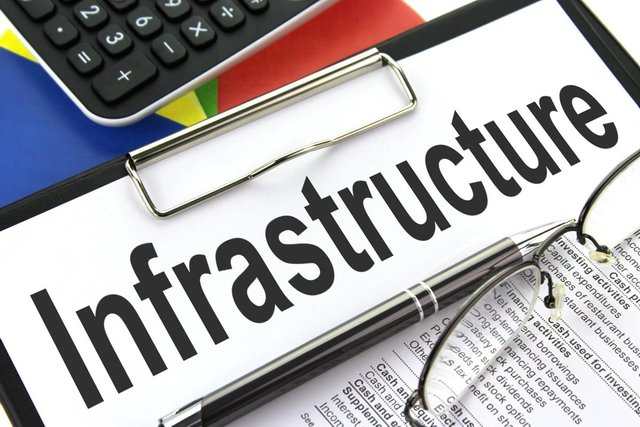
Definitions, to set the scene
I've seen many different definitions of infrastructure, most of which were circular at best. One was particularly unhelpful - "infrastructure is everything you see built around us!". While that might be enthusiastic, it doesn't give enough of a framework to understand the nature and purpose of infrastructure.
I came across a strong definition a couple of years ago:
...infrastructure is "the physical components of interrelated systems providing commodities and services essential to enable, sustain, or enhance societal living conditions." (Fulmer, Jeffrey (2009). "What in the world is infrastructure?". PEI Infrastructure Investor (July/August): 30–32).
In other words, infrastructure refers to the fundamental facilities and systems serving a country, city, or area, including the services and facilities necessary for its economy to function.
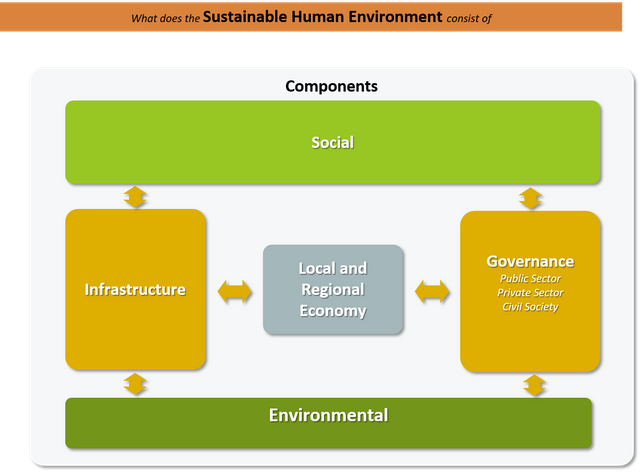
Different kinds of infrastructure for different purposes
Infrastructure practitioners generally break infrastructure down into two overarching categories, economic or enabling and social.
Economic or enabling infrastructure
In Africa, the public sector and their International Cooperating Partners (ICPs, yes, there is an acronym for that), have settled on the following four sectors as being critical for economic functioning and development:
- Energy
- Water and sanitation
- Transport
- Information and Communications Technologies (ICT)
In general, if you refer to a country's National Development Plan, you'll find plans based on some variation of these categories because they are so critical to the functioning of an economy - critical to the effective, efficient movement of goods, people and information. There is an aggregating effect at continental level; have a look at the annual reports of the Infrastructure Consortium for Africa and you'll quickly see why it's helpful to group planning and reporting on economic infrastructure into those four categories.
The expression of a nation's fundamental ideology can be seen in its economic infrastructure. Is it driven by large, monopolistic state-run entities, or is it decentralised with a lot of private sector participation in developing, financing, building, running and (wait for it) owning it?
If those primary infrastructure service providers are state-owned monopolies, how transparent are they? What are the governance structures like? Who are they accountable to? Who regulates them on what basis? Who are the regulators accountable to and how independent are they?
Economic infrastructure sub-sectors
Let's take a quick look at the sub-sectors of these four sectors just so we're on the same page for the remainder of the discussion. Most countries will have their own view on the specific sub-sectors, so these lists are indicative only to give you a sense of the scope of each sector. Typically, they'll follow the same basic path:
- bulk production
- conveyance somehow to a network
- distribution from within that network to smaller outlets
- reticulation to individual households or businesses.
Energy
Taking that path of production through conveyance then distribution and reticulation, the energy crowd usually summarises that as Generation, Transmission and Distribution.
Fun fact: they abbreviate those words by Gx, Tx and Dx.
This super graphic summarises it well, but don't believe those voltages in Africa - they go a lot higher here. Most regional transmission is at 330kV in southern Africa, with a number of links at 400kV.
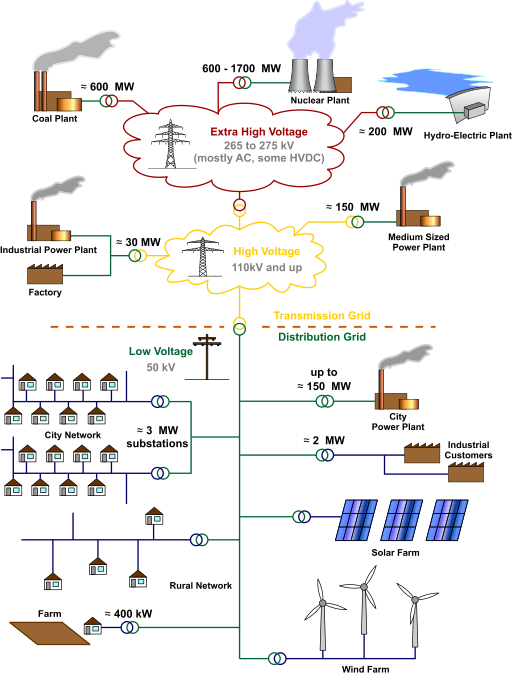
By MBizon [CC BY 3.0 (http://creativecommons.org/licenses/by/3.0)], via Wikimedia Commons
Water and sanitation
There are many ways to look at the water sector, and I won't claim to have the definitive framework, but I'll give it a go here.
- Sourcing
- Groundwater (which is actually underground)
- Surface water (rivers and lakes)
- Ocean water (needs to be desalinated)
- Storage
- Dams and reservoirs
- Conveyance
- Pipelines, canals
- Treatment
- for use by people or facilities
- for return to the natural environment
If you have a better framework, let me know. Happy to adapt....
Transport
This sector includes the following major sub-sectors:
- Roads
- Railways
- Ports
- Airports
- Marine transport systems
Take a look at the legend on the map below. Where you see "main road", you're looking at the "bulk" end of the system. As you move down the legend, you're looking at how road traffic is channelled through decreasing capacity routes. You'll also intuitively know that once the road you're on doesn't appear on this map, the chances that its surface is much rougher than the highway's, and that it might not even be paved.
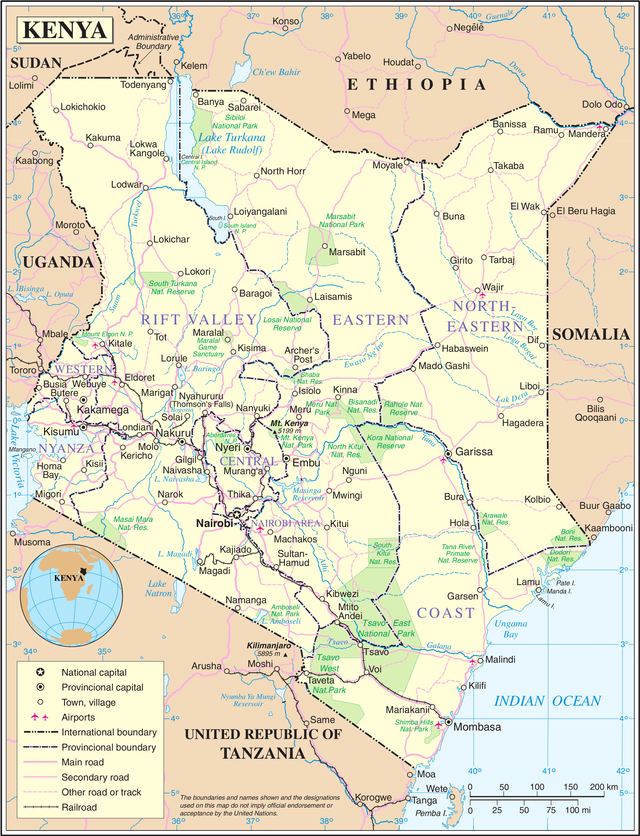
These sub-sectors are effectively linked to each other by the goods and people they move from place to place, and the logistics needed to manage that movement smoothly.
ICT
Similarly, ICT has bulk supply provided by
- satellite
- fibre optic cables
- copper cables
As you get closer to the consumer, you can continue to supply them with cables or satellites, or through wireless transmission. The public sector in Africa is particularly concerned with getting Africa connected to global networks and with increasing access to data. The public is particularly concerned with the high cost of data.
Mobile networks have transformed our ICT landscape. One of the most interesting differences between this sector and other infrastructure sectors is how it is driven by data. Access and cost at the individual level, and challenges storing it at bulk level. I'm sure there are knowledgeable Steemians out there who could tell us much we couldn't have imagined about data centres, internet hubs and how internet service providers really work.
Social infrastructure
Social infrastructure "typically includes assets that accommodate social services". At the most general level, we typically see countries planning for the following sectors to be supported through social infrastructure:
- health
- hospitals
- clinics
- education
- schools (primary, secondary, tertiary, vocational)
- student accommodation
- housing
- state or council housing, particularly affordable low-cost housing
Other social infrastructure can include, for example
- parks and recreational facilities
- postal sorting and distribution facilities
- courthouses, prisons and correctional facilities
- other public buildings
It depends how a country sets up its budgeting and spending framework how they choose to structure their planning around social infrastructure and what that may mean for the public purse or not.
But wait, there's more - scale is also a factor
By now, you're probably seeing that it makes a difference if the infrastructure we're talking about is local, provincial or state, national or transnational in scope. One of the key differentiators, besides size, is complexity in ownership and accountability for the continued performance of the infrastructure and delivery of the intended services to the level intended.
And usually, the bigger and the more borders being crossed, the more complex
Accountability for international infrastructure is a fascinating dilemma, as it needs to take into account not only the performance of the physical assets, but also the institutions charged with them - and with the inter-agency cooperation which allows the infrastructure service consumer to have a frictionless experience from switching on a light, to turning on a tap or flushing a toilet, to getting on a toll road, using a cell phone and paying the correct bills for all of these. The potential for crypto to creep into payment mechanisms surely is looming large in your mind by now.
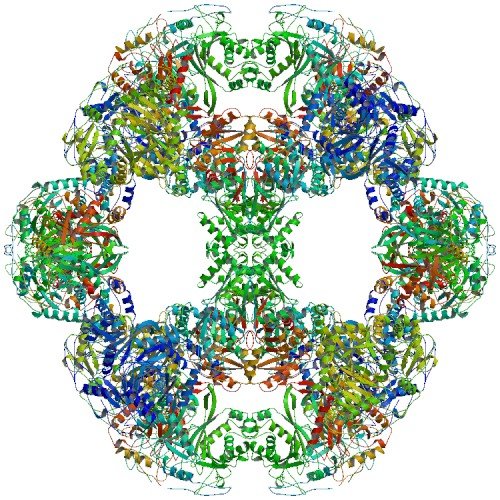
That's complex, but intuititively we think it will work because it displays an inherent order.
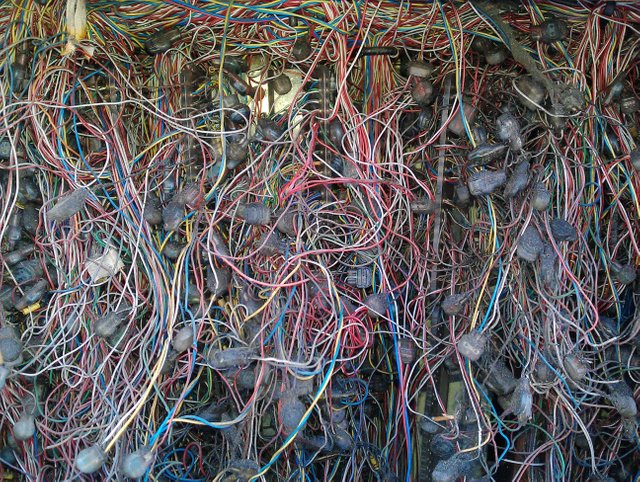
That's complex, and looks like a mess.
So it means you can't just build it and leave it there for it to take care of itself?
Exactly. It needs skilled operation and maintenance over time to perform in a sustainable manner which ensures access to affordable and acceptable service through institutions underpinned by robust, accountable systems and practices. Oh, I hear the blockchain coming! Tomorrow we'll talk about the infrastructure service delivery path. I know, I can't wait either!

Team South Africa banner designed by @bearone
It is a complicated and complex subject; and impossible (I think) to make it easy--understandable, yes; but, not easy! Interesting post @kiligirl!
Thank you, @beantownboy - I hope I managed to make it understandable...because soon we're going to get into funding, and that will be fun and games....
Learning various things from your post.To make the economy of a country self sufficient
,such type of programmes are needed.
Great post! Thanks for sharing mate!
Thank you, @yandot!
Thanks for info
A pleasure, @fouaz.
Amazing post, i think it awesome....
I'm upvoted..
Thank you, @elshadr - I appreciate the support.
the word infrastructure can be a big word for many, super very well explained in this article. great job.
Thank you, @nanogivers, I really appreciate your comment!
you welcome. thank you
Congratulations @kiligirl! You have completed some achievement on Steemit and have been rewarded with new badge(s) :
Click on any badge to view your own Board of Honor on SteemitBoard.
For more information about SteemitBoard, click here
If you no longer want to receive notifications, reply to this comment with the word
STOPGood job
Thanks, @joe007.
Congratulations @kiligirl, this post is the sixth most rewarded post (based on pending payouts) in the last 12 hours written by a Hero account holder (accounts that hold between 10 and 100 Mega Vests). The total number of posts by Hero account holders during this period was 235 and the total pending payments to posts in this category was $4799.29. To see the full list of highest paid posts across all accounts categories, click here.
If you do not wish to receive these messages in future, please reply stop to this comment.
Nice post about basic key of a system... Infrastructure... Thanks for sharing...
Glad you liked it, @mamu77 😊😊
Thanks!